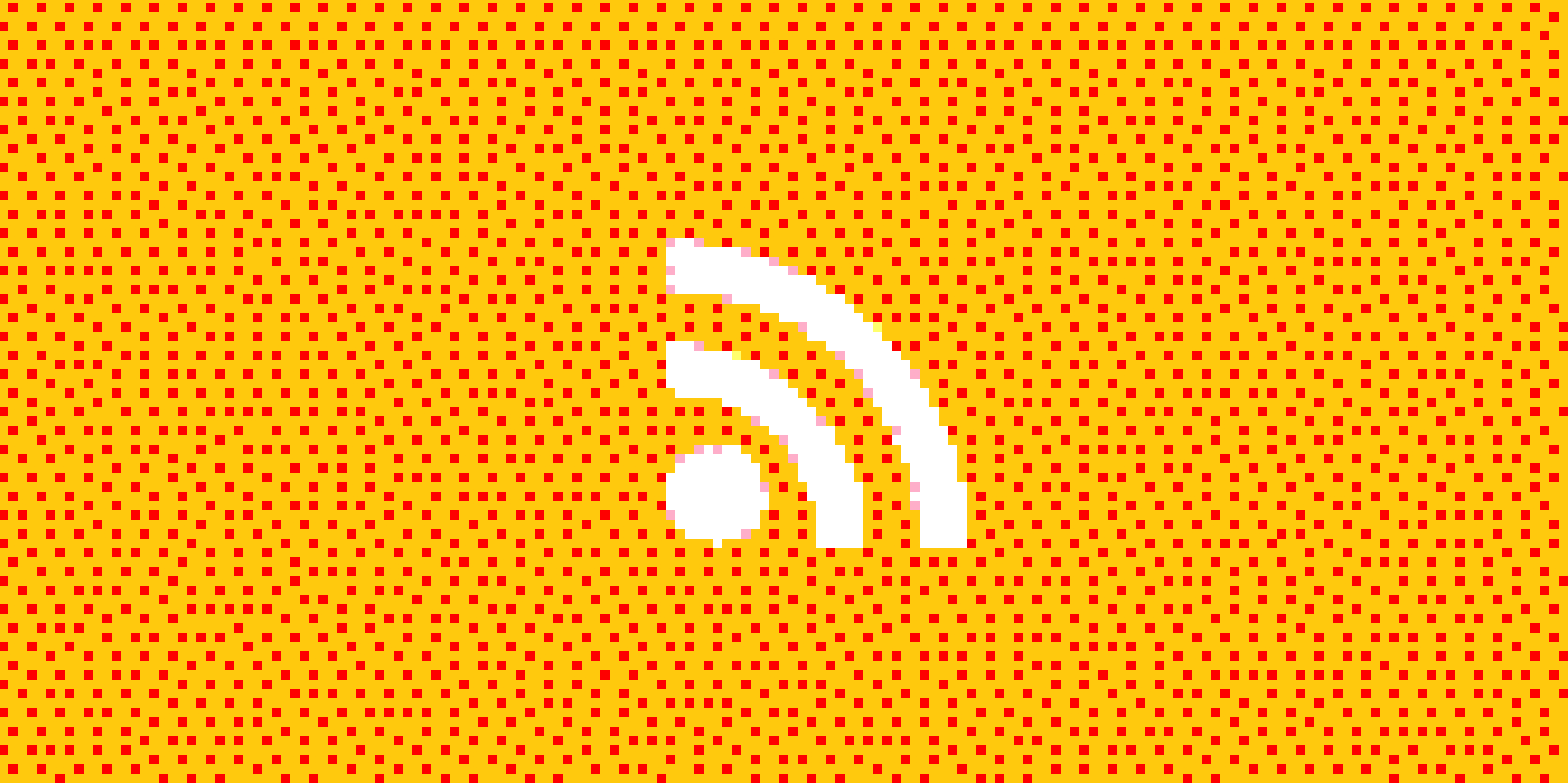Like most email inboxes, mine is a bit of a mess. It contains client communications, personal communications, and too many newsletters to count.
I’ve decided to clean up that inbox to keep it (mostly) for communications for a few reasons:
- I get distracted easily, and newsletters are a massive part of it.
- My email acts as a to-do list for people I get back to, otherwise I’m on team inbox-zero.
By moving newsletters out of my communication space, it should help with distractions, while keeping the purpose of my email much more clear.
What are the options?
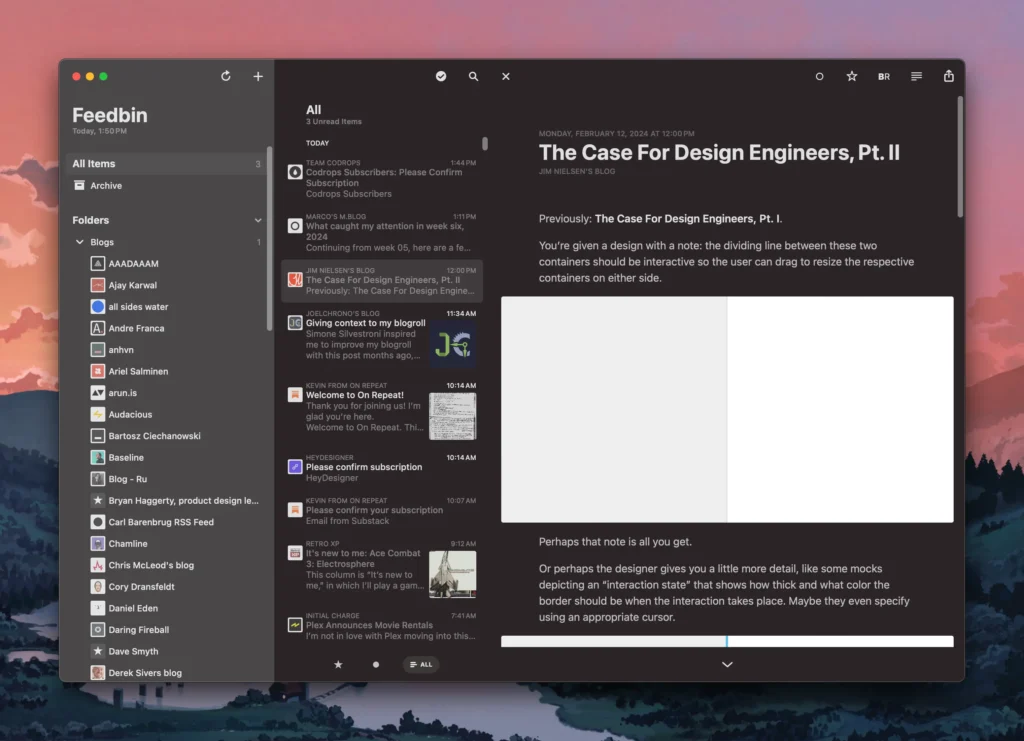
My new morning ritual is to sit down with a coffee and my iPad while going through Reeder to catch up on any posts from the previous day. Since I already have that dedicated time and space for reading, I might as well make use of it by including any newsletters in there as well.
There are a few simple ways to do this: one free and one paid.
The free option
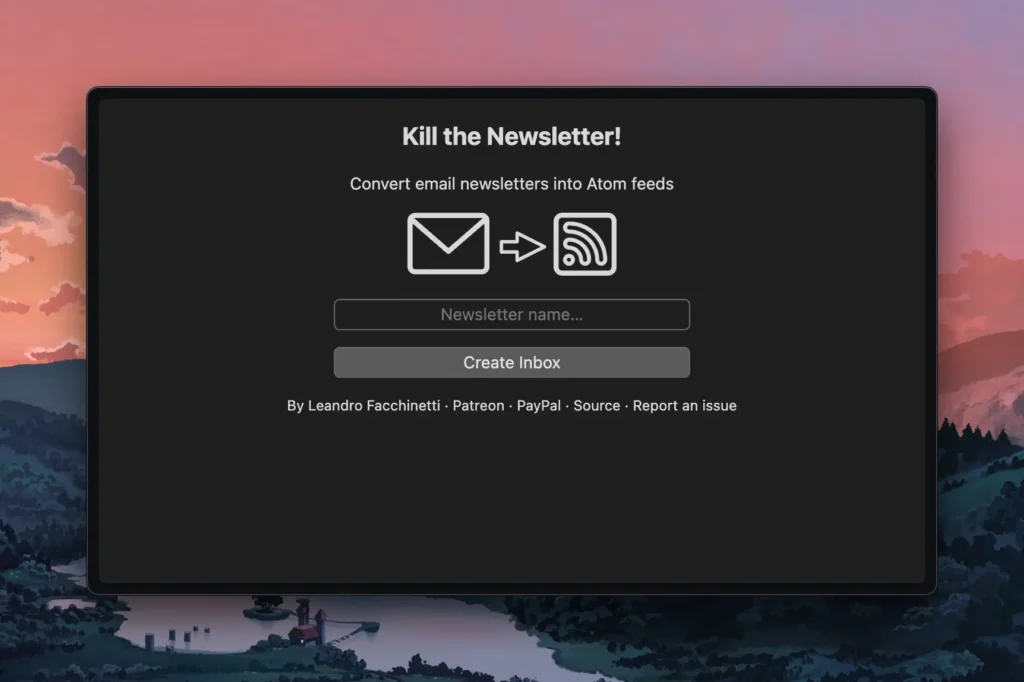
Kill the newsletter is a free service that generates a new email address and atom feed for each newsletter you subscribe to. You simply create a new email, then use that atom feed (think of it as an RSS feed) as the subscription in your RSS reader.
This is an open-source project that’s been around for years, so it seems like the best free product for this purpose.
The paid option
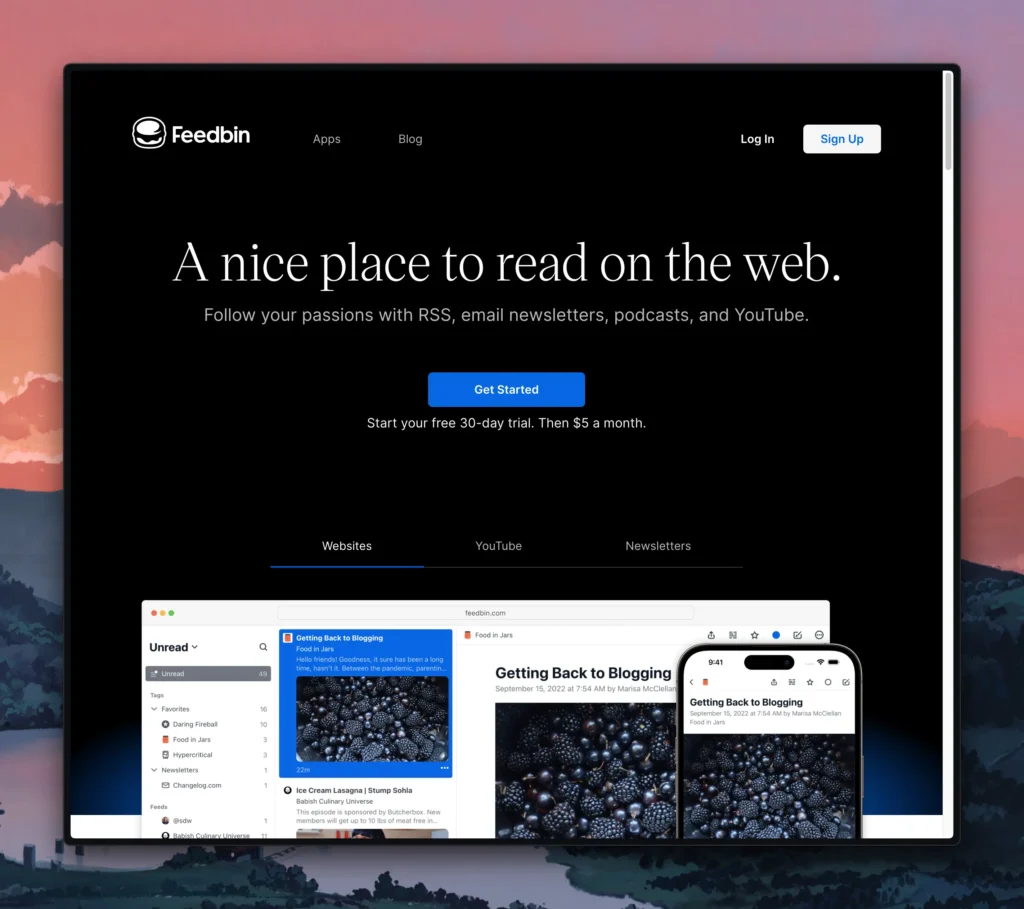
Feedbin is a $5/month service with the tagline “A nice place to read on the web.” The tagline could use some work, considering their major selling point is collecting Podcasts and YouTube videos as well, but I digress.
I decided to go with this over the free option mostly due to their read-it-later service. I was a happy Matter user for this purpose, but I can’t support a company that locks basic OS features like copying highlighted text behind a $20/mo paywall.
So for that $5/mo, I get a well-designed feed syncing service with read-it-later and newsletter capabilities. Perfect.
How I’m doing it
The process of switching things over, however, is not ideal. Every morning, I’ll see a newsletter in my inbox, unsubscribe to it, and then resubscribe using the email Feedbin provides me. It’s a bit time-consuming and feels like it will take many months to actually complete, but it gives me the added benefit of thinking, “Do I really need to be subbed to this newsletter?”
What to watch out for
I’m very familiar with best practices around email marketing funnels, so there is one drawback to moving newsletters out of my email.
It’s now a one-way form of communication
Some of the email newsletters I sign up for are from smaller bloggers, each encouraging you to email them about any of the content in their email. Without having this newsletter in your email, that line of communication is now broken.
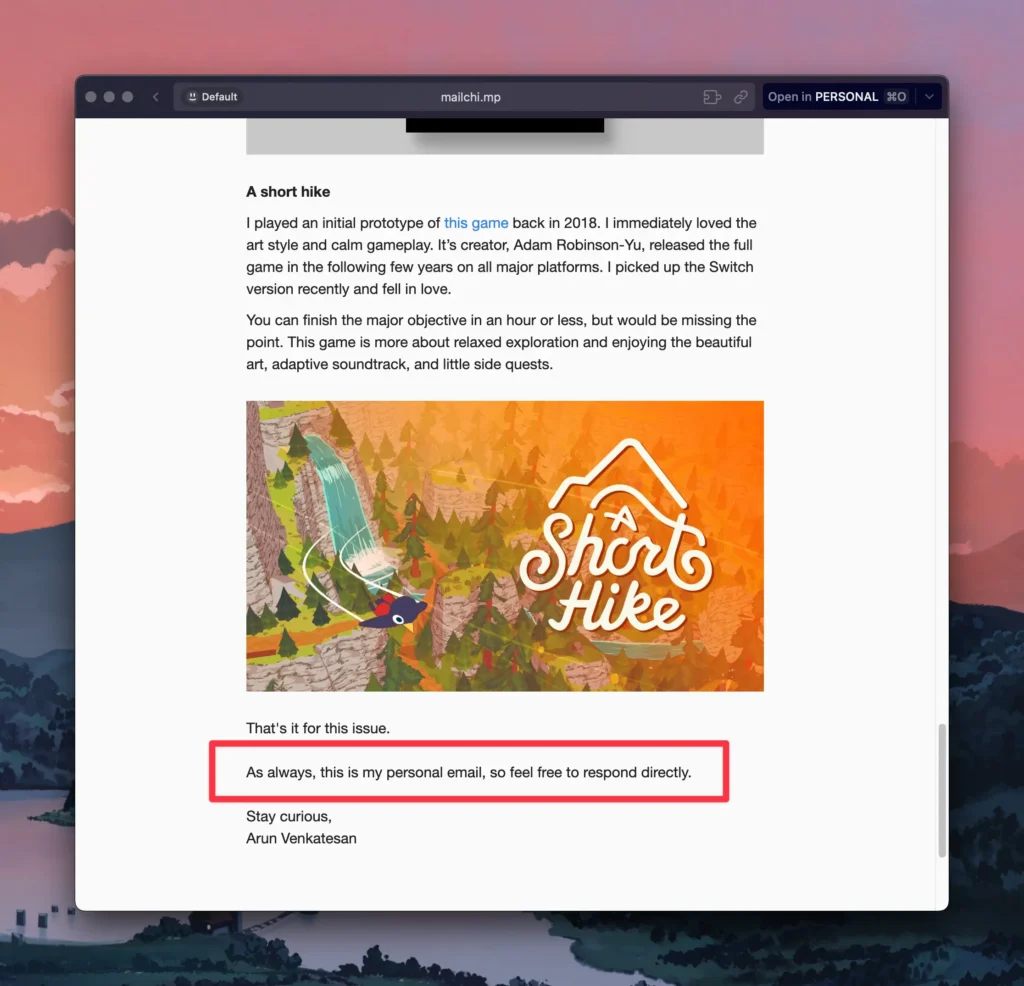
Bye bye, being a high-value user
I have bought every single deck from Pip Decks, and I’m willing to bet that I’m flagged in their mailing system as a high-value user. This usually equates to many benefits, including early access sales and discount codes.
By removing the association of your account email in their system to their email communications, you will essentially sever that connection. If you think you’re a high-value guest for a certain merchant, I recommend keeping those newsletters associated with your email.
Using auto-generated email addresses is a risky long-term move
Try using the free Kill the Newsletter service I linked above with a newsletter on Substack. It won’t work because Substack has flagged their domain as something they won’t accept. Thankfully, this isn’t the case with Feedbin, but it could very well be in the future.
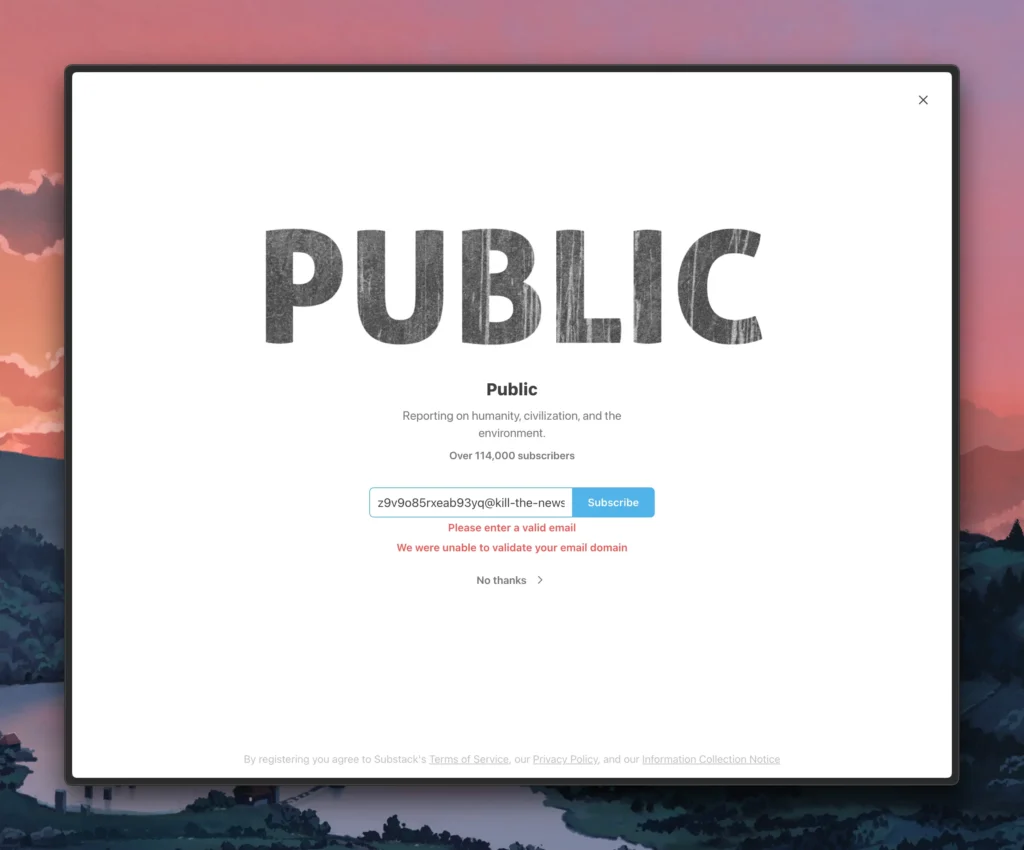
Even with those risks in mind, I’m going to continue with this approach and see how my habits change over the long term.
Update: Josh Muller was kind enough to send me an email with an improvement to my workflow!
To create a gmail alias, you can take your email address, and add a “+” between your email and the @, and you can add anything you want into the middle, and an email sent to that address will show up in your gmail inbox.
So you could create: [email protected] then create a filter rule in your gmail that any email that is received, which was sent to [email protected] get’s automatically forwarded to your kill-the-newsletter / feedbin email addresses (so you can access it on RSS), and then automatically archived/deleted (so you don’t see it in your gmail inbox).
That’d allow for a similar workflow (Newsletters to RSS), without worrying about getting your address blocked.
Josh Muller
If you’re interested in more content like this, subscribe to my RSS feed or email newsletter below.
I like getting emails, so feel free to contact me directly as well.
